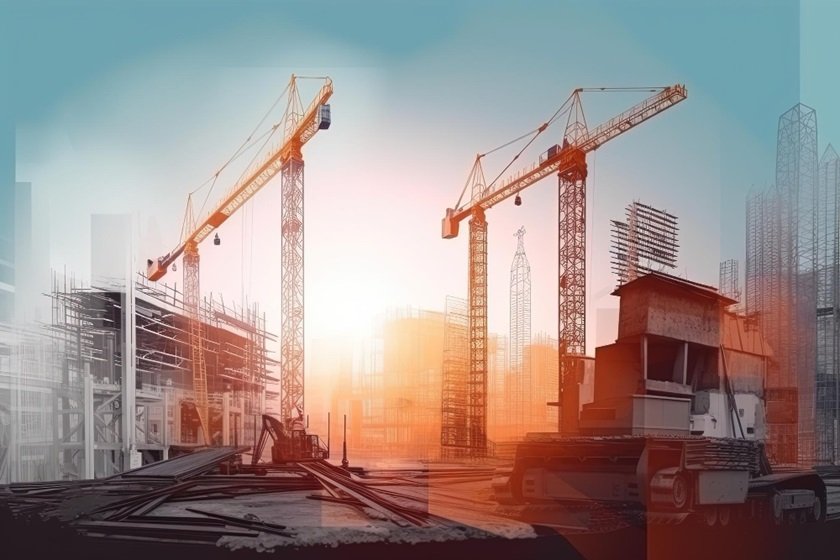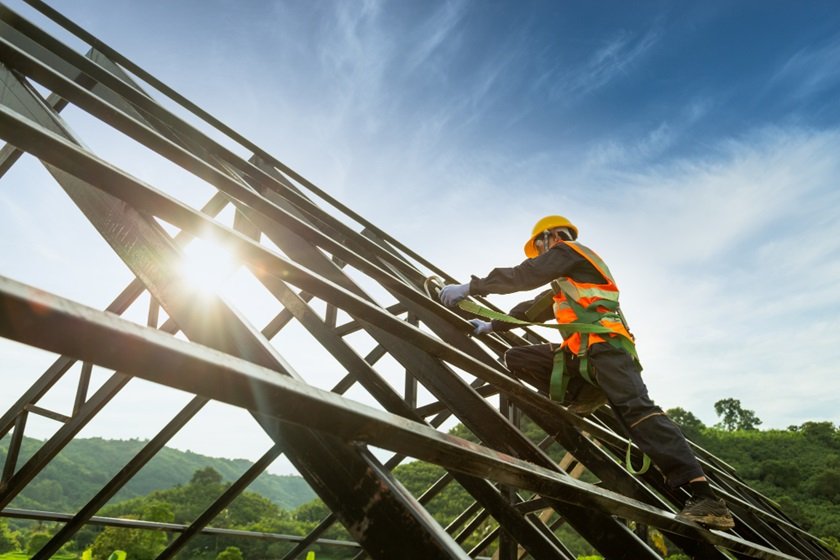Urbanization is one of the defining trends of the 21st century, with more people than ever before living in cities. While urbanization brings opportunities for economic growth and cultural exchange, it also presents significant challenges for infrastructure, housing, and environmental sustainability. In this article, we’ll explore some innovative construction solutions that are helping cities address these challenges and create more livable, resilient urban environments.
1. Vertical Urbanization:
As urban populations continue to grow, cities are increasingly turning to vertical construction to maximize limited space. High-rise buildings and vertical developments offer a solution to the scarcity of land in urban areas, allowing cities to accommodate more residents and businesses while preserving green spaces and reducing urban sprawl. Innovative construction techniques, such as modular construction and prefabricated building components, are making it faster and more cost-effective to construct tall buildings, enabling cities to meet the demand for housing and commercial space more efficiently.
2. Sustainable Infrastructure:
Sustainability is a key consideration for cities grappling with the environmental impacts of rapid urbanization. Sustainable infrastructure solutions, such as green buildings, renewable energy systems, and efficient public transportation networks, are helping cities reduce their carbon footprint and improve air quality. Green building practices, including energy-efficient design, passive cooling techniques, and green roofs, can significantly reduce the energy consumption and environmental impact of buildings. Similarly, investments in renewable energy sources, such as solar and wind power, can help cities transition to cleaner, more sustainable energy sources.
3. Smart Cities Technology:
Advancements in technology are transforming cities into smart, interconnected ecosystems that use data and digital technology to improve efficiency, sustainability, and quality of life. Smart cities technology encompasses a wide range of innovations, including sensor networks, data analytics, and Internet of Things (IoT) devices, that enable cities to monitor and manage critical infrastructure more effectively. For example, smart sensors can detect leaks in water pipes before they become major issues, while traffic management systems can optimize traffic flow and reduce congestion. By leveraging data and technology, cities can make more informed decisions and better respond to the needs of residents.
4. Resilient Design and Disaster Mitigation:
As urban populations grow, cities are increasingly vulnerable to natural disasters and climate change-related hazards, such as floods, storms, and heatwaves. Resilient design principles, such as flood-resistant building materials, elevated structures, and green infrastructure, can help cities mitigate the impacts of these events and ensure the safety and well-being of residents. Additionally, urban planning strategies, such as zoning regulations and land-use planning, can help cities reduce exposure to natural hazards and ensure that new development projects are designed with resilience in mind.
5. Affordable Housing Solutions:
One of the most pressing challenges facing rapidly urbanizing cities is the lack of affordable housing. Innovative construction solutions, such as micro-apartments, co-living spaces, and modular housing, are helping cities provide affordable housing options for residents of all income levels. By leveraging efficient construction techniques and alternative building materials, such as shipping containers and recycled materials, cities can reduce the cost of housing construction and increase the supply of affordable units. Additionally, innovative financing mechanisms, such as public-private partnerships and community land trusts, can help make homeownership more accessible to low-income residents.
Conclusion:
Rapid urbanization presents significant challenges for cities, but innovative construction solutions offer a path forward. By embracing vertical urbanization, sustainable infrastructure, smart cities technology, resilient design, and affordable housing solutions, cities can create more livable, resilient urban environments that meet the needs of residents now and in the future. By working together to implement these innovative solutions, cities can build a brighter, more sustainable future for all.






